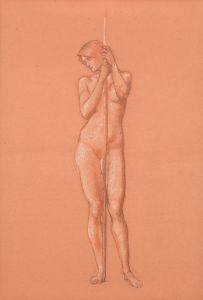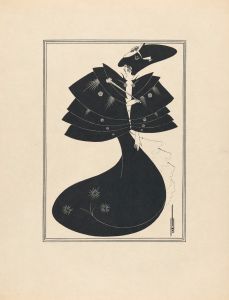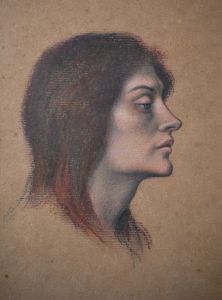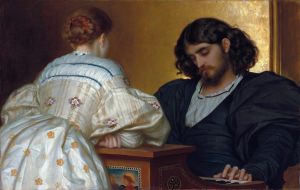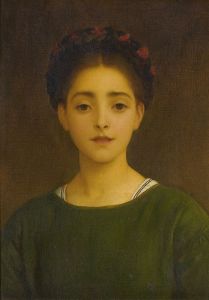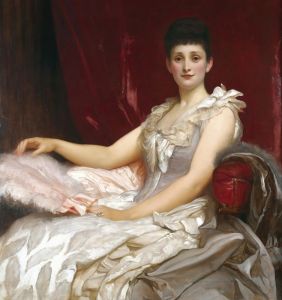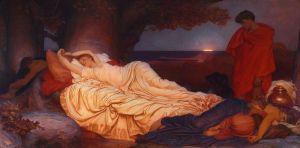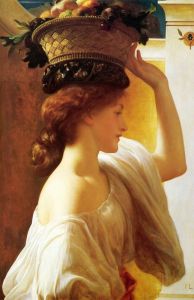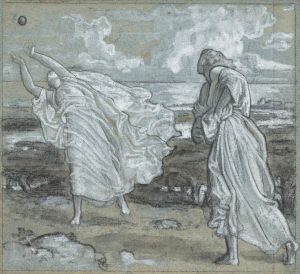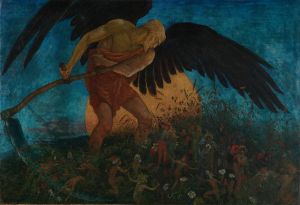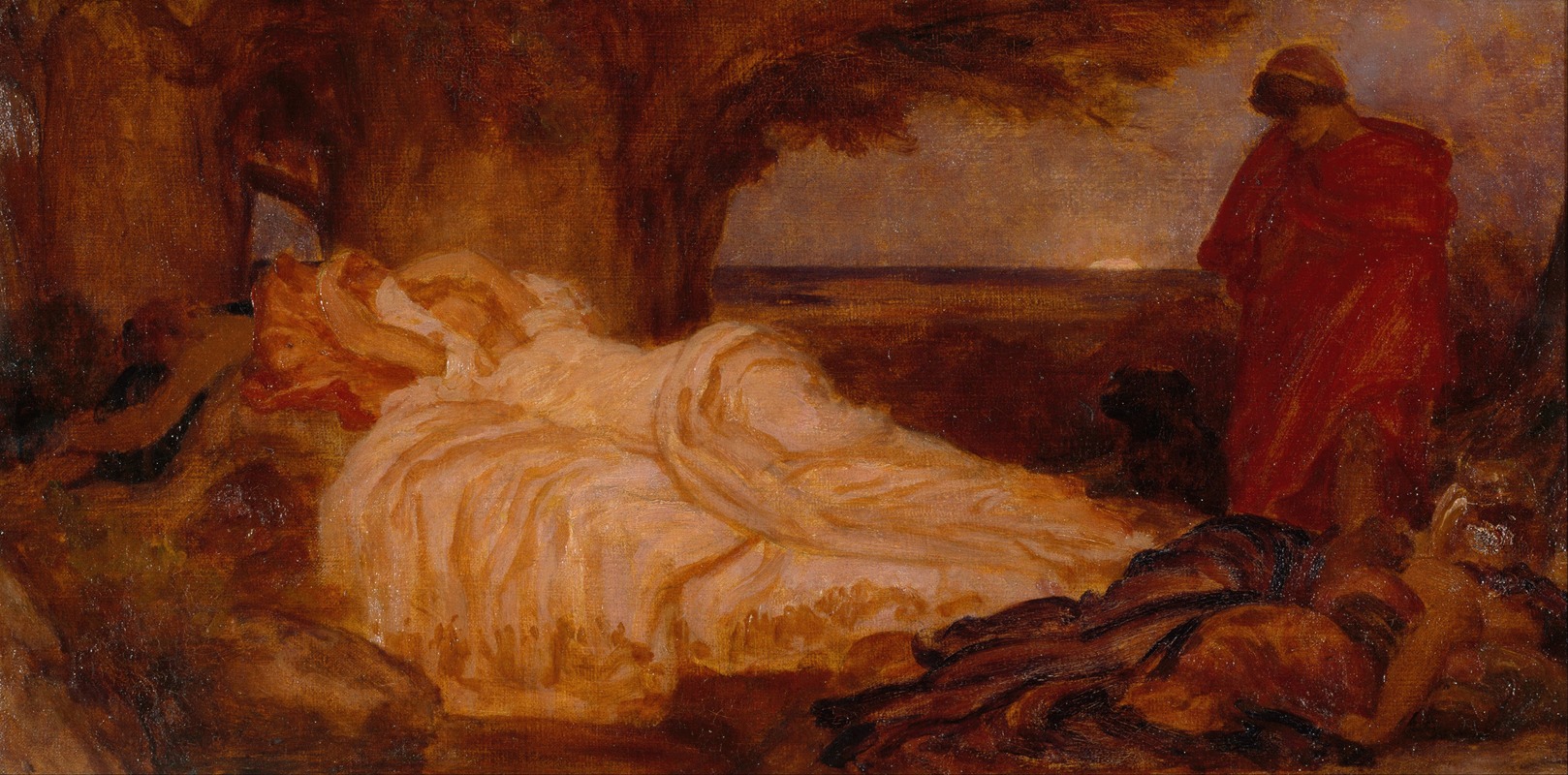
Colour study for ‘Cymon and Iphigenia’
A hand-painted replica of Frederic Leighton’s masterpiece Colour study for ‘Cymon and Iphigenia’, meticulously crafted by professional artists to capture the true essence of the original. Each piece is created with museum-quality canvas and rare mineral pigments, carefully painted by experienced artists with delicate brushstrokes and rich, layered colors to perfectly recreate the texture of the original artwork. Unlike machine-printed reproductions, this hand-painted version brings the painting to life, infused with the artist’s emotions and skill in every stroke. Whether for personal collection or home decoration, it instantly elevates the artistic atmosphere of any space.
"Colour Study for ‘Cymon and Iphigenia’" is a preparatory work by the renowned British artist Frederic Leighton, who was a leading figure in the Victorian art world. Leighton, known for his association with the Pre-Raphaelite Brotherhood and the Aesthetic Movement, often focused on classical themes and mythological subjects in his artwork. This particular study is related to his larger and more finished painting, "Cymon and Iphigenia," which draws inspiration from the story of Cymon and Iphigenia as told in Giovanni Boccaccio's "Decameron."
The story of Cymon and Iphigenia revolves around the transformation of Cymon, a brutish and unrefined man, who becomes civilized and cultured after falling in love with the beautiful Iphigenia. This narrative of personal transformation and the civilizing power of love was a popular theme in Victorian art and literature, resonating with the era's ideals of moral and aesthetic improvement.
Leighton's colour study serves as an exploration of the composition, lighting, and palette that he would later employ in the final painting. Such studies were common practice for artists of the time, allowing them to experiment with different elements before committing to the larger canvas. In this study, Leighton likely focused on the interplay of light and shadow, as well as the harmonious arrangement of colours, to convey the romantic and idyllic nature of the scene.
The colour study would have been executed in oil paints, a medium that Leighton mastered with great skill. His technique often involved building up layers of paint to achieve a luminous and rich surface, capturing the subtleties of skin tones and the textures of fabrics. The study would have provided Leighton with the opportunity to refine these techniques and ensure that the final composition achieved the desired emotional and aesthetic impact.
Leighton's work, including both his studies and finished paintings, reflects his deep appreciation for classical art and his desire to elevate contemporary British painting to the level of the Old Masters. His dedication to technical excellence and his interest in classical themes made him a central figure in the development of British art during the late 19th century.
"Colour Study for ‘Cymon and Iphigenia’" exemplifies Leighton's artistic process and his commitment to creating works that were both visually stunning and intellectually engaging. While the study itself may not be as widely recognized as the finished painting, it offers valuable insight into the artist's methods and the creative journey that led to the completion of one of his notable works.





